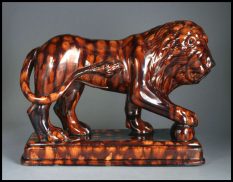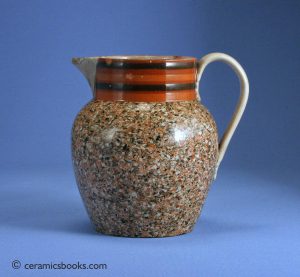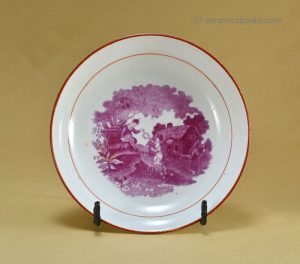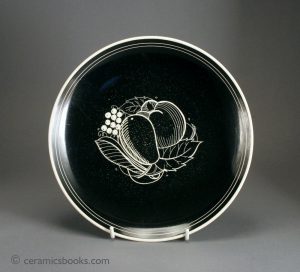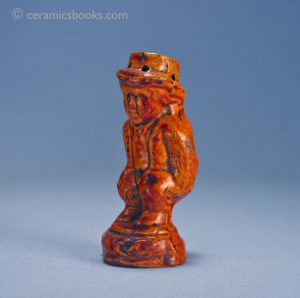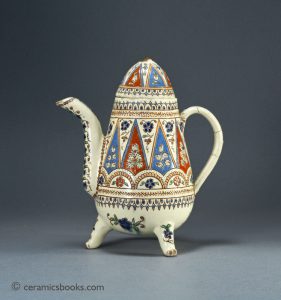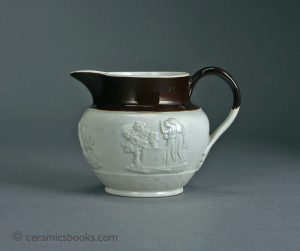Other Ceramics Types
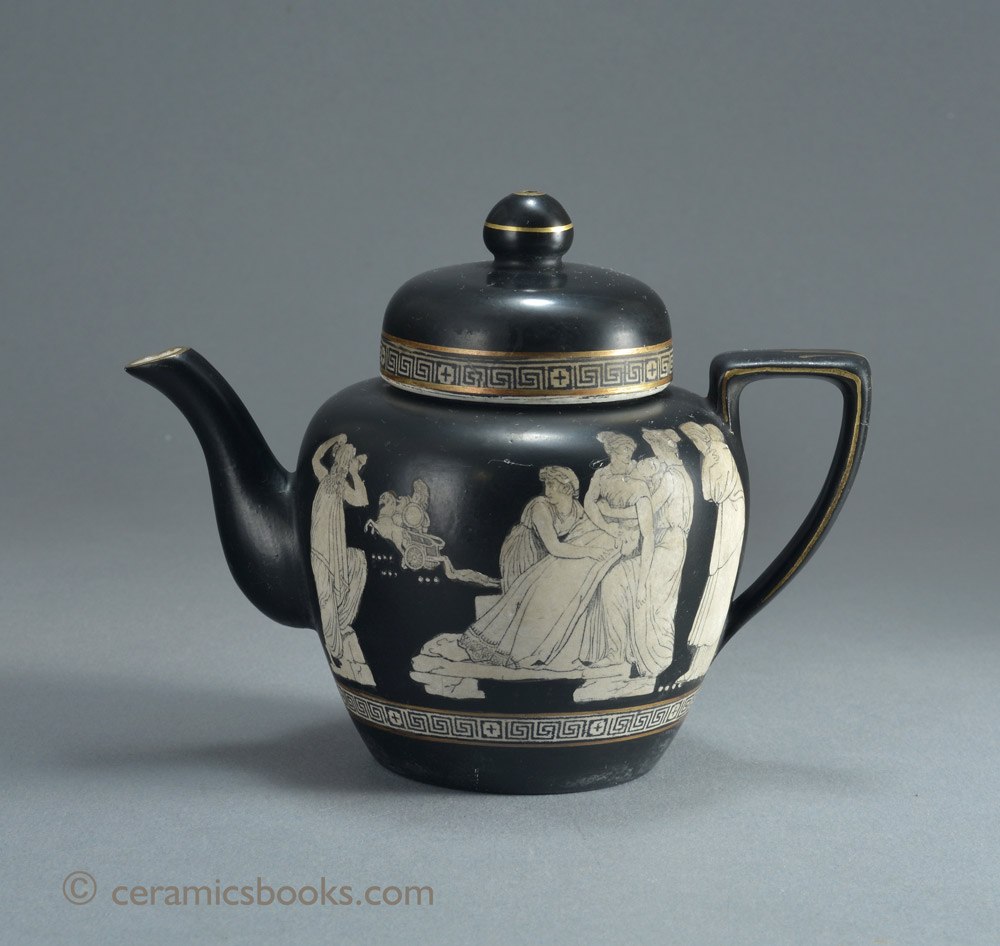
There are a vast variety of ceramic types and sub-types. Below is a brief description of a few of the main other types that are generally beyond the scope of my own specialisms:
Tin-Glazed earthenware, often called delftware. A soft bodied ware, usually a pale red or yellowish colour with an opaque white glaze (Tin is the opacifier) usually decorated by hand in blue cobalt. Made for many centuries and most often associated with Italy, the Netherlands, Spain and much of continental Europe but was also produced in Britain (notably in London, Bristol and Liverpool). Maiolica was a term used for polychrome decorated ‘deltware’.
Majolica was a term popularised by Minton in the later C19th to describe white earthenwares with translucent polychrome coloured glazes.
Porcelain is in some ways half way between being glass and ceramic. It is usually fired to high temperatures (1280C-1300C or even higher) and is usually completely vitrified and at least partly translucent. European and English porcelains were inspired and influenced by earlier Chinese porcelain. There are hard-paste and soft-paste types as well as later British variations such as Bone China and Parian ware (unglazed or ‘bisque’ porcelain).
Many artwares were developed in the later C19th that had a variety of names. There are also many pots which defy easy categorization and may either be unique or straddle more than one type. The field is truly vast, especially when the products of other countries are also considered. You will find all my misfits, oddities, mysteries and non-British ceramics listed in this section.
